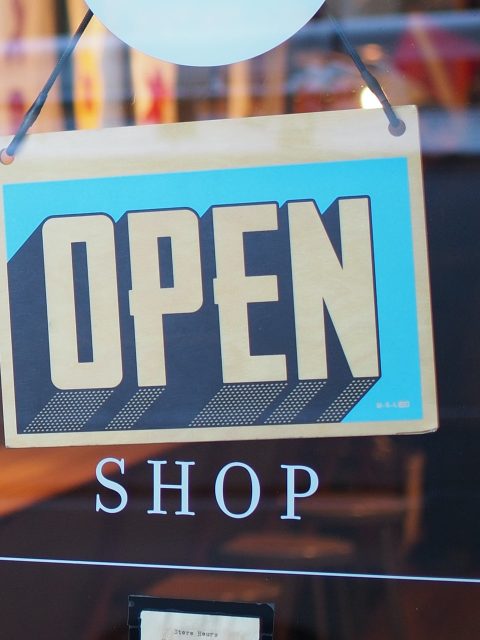What’s going to happen to my business? It’s a question that entrepreneurs are now faced with every single day. They are in the midst of the COVID-19 crisis, while trying to keep their businesses afloat and watching an economic landscape darken as time passes. The most terrifying aspect of it all, is the unknown.

While business owners work to navigate the next several months, many are changing their business models and day to day operations. Entrepreneur and fashionista Marissa Tilley is sharing her small but important tips – that are helping her keep revenue flowing at Lady Black Tie. We’ll use Tilley’s tips and LBT as a case study for this advice.
Cut Expenses
The COVID-19 crisis is time to take a good hard look at what you’re spending money on and cut costs wherever you can. At Lady Black Tie they cancelled subscriptions, reduced buying and cut the advertising budget to align with current revenues.
Reduce Prices
No one likes to slash prices, but in this climate unless you’re selling essential goods, it’s a buyers market. Tilley immediately reduced prices and offered better deals and promotion codes than her competitors. While the demand for dresses has dropped, there are still enough buyers online and you can bet they are price comparing. She made the decision that the company isn’t going to lose a sale because of price.
Leverage Currency
If your business has suppliers globally, pay attention to currency fluctuations and use them to your advantage. For example Lady Black Tie has started to buy more from Australian designers because of the favorable exchange between the Australian and U.S. dollar.
Be Firm
Everyone is hurting during the COVID-19 crisis, but if you want your business to survive, you must set return and cancellation policies and hold firm to them. Tilley has had many customers asking for a special exemption, and while she’d love to be able to do it, the math doesn’t add up. For the company to survive and for her to keep paying employees during this time, she can’t possibly return every special occasion dress bought for an event that isn’t happening. The key is to have one policy for everyone and gently explain it to the consumer. In Tilley’s case she points out that there will be upcoming events and occasion where the purchased dress can be used.
Continue to Market
The COVID-19 crisis is a tricky time to be marketing, especially items that are not essential, but it’s critical to stay top of mind so when your consumer is ready to buy again they immediately think of your brand. Instead of overtly trying to sell, Tilley has videoed her team in their dresses dancing, playing games and having fun at home. The videos posted to TikTok have received hundreds of thousands of viewers and are driving sales.









